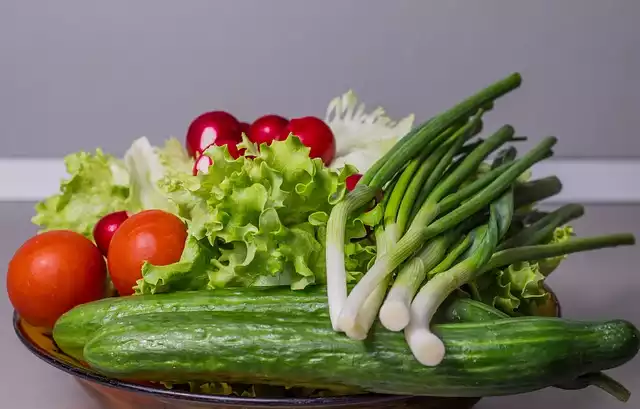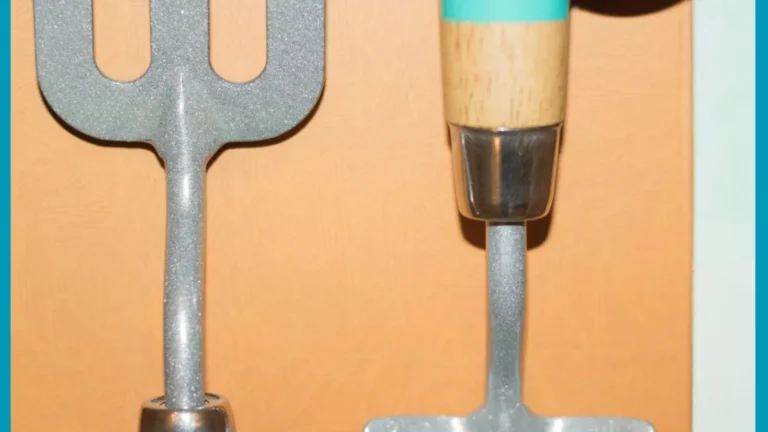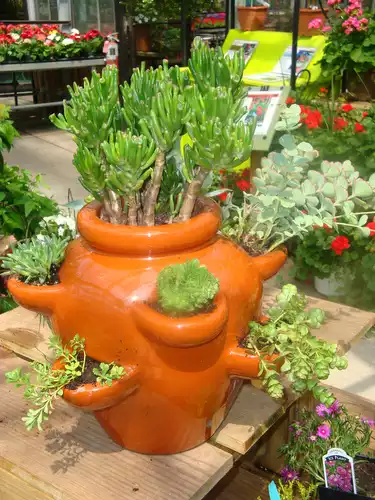Winter Garden Ideas
As the last leaf falls and the world outside dons a stark, white cloak, many of us retreat indoors, bidding farewell to our cherished green spaces until spring’s return.
Yet, the icy grip of winter doesn’t have to signal the end of vibrant gardens or quell our horticultural passions.
Welcome to the realm of winter garden ideas, where the cold months offer not an end but a unique canvas for creativity and beauty in gardening.
Imagine stepping into your outdoor space amidst a frosty morning to find it alive with color, texture, and life—transforming what is often seen as a dormant season into a period of enchanting beauty.
This article will guide you through innovative ways to curate breathtaking winter gardens that defy seasonal norms and spark joy even on the dreariest days.
From hardy plants that thrive in chillier weather to structural elements that capture snow’s delicate artistry, we’ll explore how your garden can become a sanctuary of wonder throughout winter.
So bundle up and let’s embark on this chilly but charming adventure together—discovering how with a few thoughtful touches, your garden can remain a source of inspiration regardless of the temperature outside.
Table of Contents Winter Garden Ideas
Utilize evergreen plants for year-round color
Evergreen plants can be a fantastic addition to any garden, providing year-round color and interest.
These versatile plants maintain their foliage throughout the year, offering a vibrant and green backdrop even during the colder months.
With a range of shapes, sizes, and textures available, evergreens can be strategically planted to create visually appealing compositions and add structure to your winter garden.
From the elegant and graceful form of conifers to the glossy leaves of holly or the striking textures of yucca, evergreen plants offer a wide variety of options to enhance the visual appeal of your outdoor space, ensuring that your garden remains vibrant and lively even during the winter season.
Add pops of color with winter-blooming flowers
A winter garden doesn’t have to be devoid of color and life.
By incorporating winter-blooming flowers, you can add vibrant pops of color to your outdoor space even during the coldest months.
These hardy flowers have adapted to withstand the harsh conditions of winter and can thrive in colder climates.
Some popular winter-blooming flower options include the cheerful pansies with their velvety petals in shades of purple, yellow, and white, as well as the delicate snowdrops, which emerge through the snow with their dainty white blossoms.
Additionally, the vibrant blooms of witch hazel and hellebores can bring a touch of beauty and charm to your winter garden.
By carefully selecting and arranging these winter-blooming flowers, you can create a visually stunning and vibrant outdoor space that will brighten up even the gloomiest winter days.
Create a cozy seating area with outdoor heaters
To maximize your enjoyment of your winter garden, consider creating a cozy seating area with outdoor heaters.
These heaters not only provide a source of warmth but also extend the usability of your outdoor space during the colder months.
By strategically placing heaters around your seating area, you can create a comfortable and inviting atmosphere for gatherings or simply enjoying a cup of hot cocoa amidst nature’s winter beauty.
Investing in high-quality outdoor heaters ensures that you can enjoy your winter garden even when the temperatures drop, allowing you to fully embrace the serenity and tranquility of your outdoor oasis throughout the year.
Incorporate unique winter vegetables like kale and cabbage
To enhance the diversity and nutritional value of your winter garden, consider incorporating unique vegetables like kale and cabbage.
These hearty and resilient greens thrive in colder temperatures, making them ideal choices for your winter garden.
Kale, with its rich dark green leaves, offers an abundance of vitamins, minerals, and antioxidants.
It can be enjoyed in a variety of dishes, from salads and stir-fries to soups and smoothies.
Similarly, cabbage, with its crisp texture and mild flavor, is a versatile winter vegetable that can be used in salads, slaws, and even fermented for sauerkraut.
By including these distinctive winter vegetables in your garden, you not only add visual interest but also provide yourself with a fresh and healthy supply of produce throughout the chilly season.
Use mulch to protect plants from freezing temperatures
When winter arrives and temperatures drop, it is crucial to take measures to protect your plants from the potential damage caused by freezing conditions.
One effective method is to utilize mulch as a protective barrier.
Mulch acts as an insulator, helping to regulate soil temperature and prevent extreme fluctuations that can harm plant roots.
Additionally, mulch helps to retain moisture in the soil, reducing the risk of dehydration during dry winter months.
It is important to select an appropriate type of mulch, such as straw, wood chips, or shredded leaves, and apply it generously around the base of your plants.
This will create a protective layer that shields the roots from freezing temperatures, ultimately ensuring the vitality and survival of your winter garden.
Add texture with ornamental grasses and winter berries
Ornamental grasses and winter berries can add a touch of beauty and texture to your winter garden.
The wispy, feathery plumes of grasses, such as Miscanthus or Panicum, create movement and visual interest against the backdrop of dormant plants and snow-covered landscapes.
These grasses not only provide an aesthetic appeal but also offer habitat and food for winter birds.
Pairing them with winter berries, such as holly or winterberry, adds pops of vibrant color and attracts wildlife to your garden.
The juxtaposition of the delicate grasses and the bold berries creates a striking visual contrast that can elevate the overall design of your winter garden.
Consider incorporating these elements strategically in your garden beds or using them as focal points to create a captivating and dynamic winter landscape.
Consider a cold frame for growing vegetables in winter
Extend the productivity of your garden throughout the winter months by considering the use of a cold frame.
A cold frame is a simple yet effective structure that provides a controlled environment for growing vegetables during colder seasons.
It acts as a mini-greenhouse by capturing and retaining heat from the sun, creating a warmer microclimate for your plants.
The transparent top allows sunlight to penetrate while protecting the plants from harsh weather conditions, including frost and wind.
With a cold frame, you can extend the growing season and enjoy a fresh supply of homegrown vegetables, even when the temperatures drop.
It’s a practical and sustainable solution for those looking to maximize their yields and embrace year-round gardening.
Use decorative lighting for a festive touch
Enhance the ambiance of your winter garden with the enchanting allure of decorative lighting.
Strategically placed string lights or lanterns can add a festive touch to your outdoor space, creating a warm and inviting atmosphere.
Whether draped along the branches of trees or woven through trellises, these captivating lights can transform your garden into a magical wonderland, perfect for hosting cozy gatherings or enjoying quiet evenings outdoors.
Opt for soft, warm-toned bulbs to create a cozy and inviting glow, or choose vibrant colors for a more whimsical and playful feel.
With decorative lighting, you can bring a touch of enchantment to your winter garden and make it a truly captivating space even during the cold and dark months.
As we conclude our discussion on winter garden ideas, it is important to remember that creating a beautiful and functional garden during the colder months takes careful planning and consideration.
By incorporating elements such as evergreen plants, winter-friendly flowers, and outdoor structures like fire pits or covered seating areas, you can transform your garden into a cozy and inviting space for the winter season.
With a bit of creativity and a touch of hard work, you can enjoy a stunning winter garden all season long.
Happy gardening!
FAQ
What are some unique plants or flowers that thrive in a winter garden?
Some unique plants that thrive in a winter garden include winter jasmine, witch hazel, winterberry holly, and pansies.
These plants are known for their ability to withstand cooler temperatures and add color and interest to a winter landscape.
Winter jasmine blooms with bright yellow flowers, witch hazel with delicate and fragrant blooms, winterberry holly with vibrant red berries, and pansies with a variety of colors.
These plants can bring life to a garden during the winter months when other plants may be dormant.
How can I incorporate evergreen trees and shrubs into my winter garden design?
Incorporate evergreen trees and shrubs into your winter garden design by selecting a variety of species that offer different textures, colors, and heights to create visual interest.
Plant them strategically to frame a focal point, provide structure, or create privacy.
Consider using winter-flowering shrubs to add pops of color, and mix in other plant varieties for a well-rounded look.
Additionally, choose plants that are suitable for your climate and soil conditions to ensure they thrive during the winter months.
Lastly, group similar plants together for a cohesive and harmonious design.
What are some creative ways to add color and interest to a winter garden during the colder months?
Some creative ways to add color and interest to a winter garden include planting evergreen shrubs with colorful berries, incorporating winter-blooming flowers like hellebores or pansies, using decorative containers with vibrant hues, hanging bird feeders or houses for added life and movement, incorporating colored lights or lanterns for evening ambiance, and adding garden art or sculptures for visual appeal.
These elements can help bring warmth and visual interest to a winter garden, making it a vibrant and inviting space even during the colder months.
Are there any specific gardening techniques or practices that are essential for maintaining a winter garden?
To maintain a winter garden successfully, essential techniques include protecting plants from frost with row covers or cloches, providing adequate insulation with mulch or straw, watering only when necessary to prevent root rot, selecting cold-hardy plant varieties, and rotating crops to maintain soil health.
It’s also important to monitor weather conditions closely and adjust care accordingly, as well as providing proper drainage to prevent waterlogging in frozen soil.
These practices can help ensure a healthy and productive winter garden.
What are some practical tips for protecting plants from frost and harsh winter weather in a garden setting?
To protect plants from frost and harsh winter weather, consider using frost cloths, mulch, or burlap to cover delicate plants.
Water plants thoroughly before freezing temperatures to insulate roots, and avoid pruning in late fall to prevent new growth that may be susceptible to damage.
Bring potted plants indoors or into a garage to shield them from extreme cold, and group plants together to create a microclimate.
Consider planting cold-hardy species and providing windbreaks to shield plants from harsh winter winds.
Regularly monitor weather forecasts and take appropriate actions to safeguard your garden from winter conditions.







